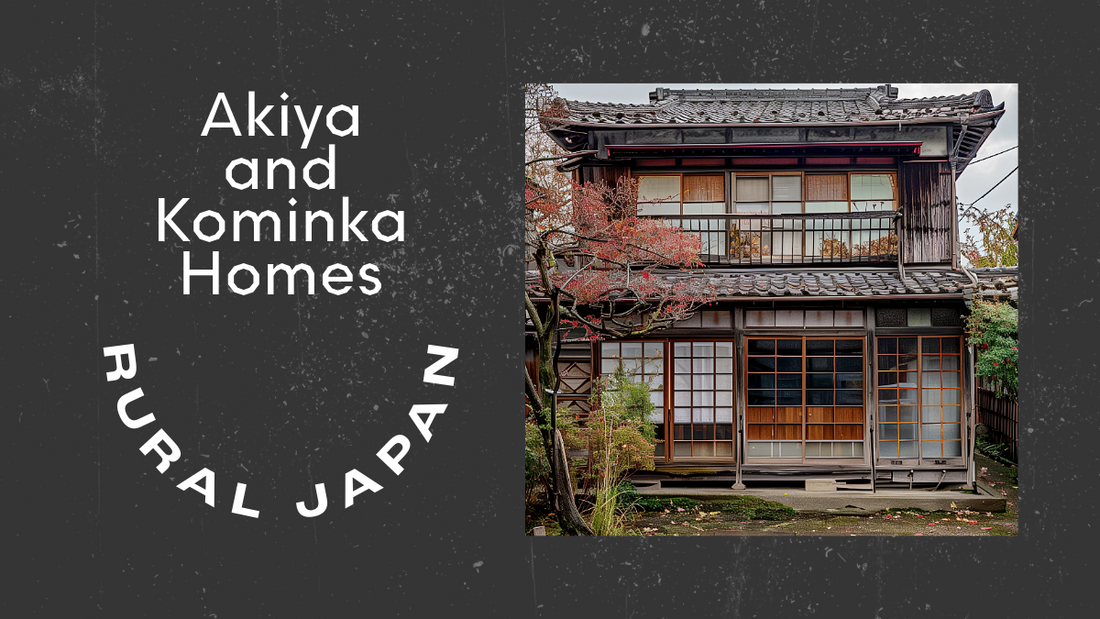
Akiyas, or abandoned houses, come in various conditions. Many are sold at extremely low prices, sometimes for free, through local government programs aimed at revitalizing rural communities. Despite their low cost, buyers should be prepared for renovation work, as many of these homes need significant repairs. Factors like weather damage, outdated infrastructure, and long-term vacancy often mean that extensive refurbishments are necessary before the homes are livable.
Kominkas, on the other hand, are traditional wooden houses that carry cultural and historical significance. Built to withstand Japan’s humid summers and cold winters, they feature large wooden beams, thatched or tile roofs, and spacious interiors. Kominkas are particularly attractive to those interested in preserving Japan’s architectural heritage, though they also often require significant restoration. Despite the challenge, restoring a kominka can offer a fulfilling project for those passionate about traditional craftsmanship.

For foreigners, the appeal of akiyas and kominkas is increasing as Japan’s property market offers a relatively low barrier to entry compared to other countries. However, navigating the process of buying one can be complex. Factors like language barriers, rural community dynamics, and understanding local laws around restoration are important considerations. Local governments often provide assistance, including grants and subsidies, to ease these transitions, but understanding the bureaucratic processes can be a challenge for newcomers.
Additionally, there are online resources and networks, such as Akiya banks, which list available abandoned properties across Japan. Many people who have successfully bought and restored akiyas share their experiences and advice through online forums, helping newcomers navigate the process more smoothly. There are programs which support rural revitalization by providing financial incentives for people to move to rural areas, and can also be a helpful way to connect with locals and integrate into the community.

In summary, the growing interest in akiyas and kominkas offers both an affordable housing option and a way to experience a unique part of Japan’s cultural heritage. For those willing to invest time and effort into renovation, these homes present a rare opportunity to contribute to the revitalization of rural Japan. While the journey can be challenging, it is ultimately rewarding for those passionate about rural living and traditional Japanese architecture.

